Patient engagement in research involves people with lived experience in the planning, design, and/or implementation of research – just like our work here at CREST.BD! However, current patient engagement research does not represent the diverse population in British Columbia. Patient partners are disproportionately high-income, white, able-bodied, and women. This is problematic. For health research to fully capture the perspectives of patients, we need to hear and learn from a wide range of people, with different lived experiences.
Last year, we released a blog series about the BC SUPPORT Unit Tapestry Study, funded by the BC SUPPORT Unit Patient Engagement Methods Cluster. The Tapestry study aims to provide health researchers with resources to increase diversity in patient engagement research. To do this, the Tapestry study team developed a set of educational modules designed to support the meaningful inclusion of diverse people in health research. Watch the introduction video for the project here, featuring co-leads Dr. Erin Michalak and Dr. Steven Barnes’s:
Now, we are excited to announce the release of six educational modules! The first is a primer to diversity in health research. Additional modules go into specific context and tools for engaging with the following communities:
![]()
The modules are presented on the Tapestry Tool platform. Tapestry is an interactive, self-directed learning platform designed at the University of British Columbia by Dr. Steven Barnes. For our educational modules, teams of academic researchers and patient partners worked together to create content. The modules include engaging and accessible materials about how to engage with each community, all with ASL translation. Information ranges from important historical context to practical tools.
Although I am a queer researcher, I am also a white settler, able-bodied, person with privilege. This process has emphasized that in order to do this work well, we need to provide support and opportunities for many voices and faces, and intersecting identities to influence health research.
Bev Pomeroy, patient partner co-lead for the project, shares their reflections on the Tapestry modules: “This was one of the first patient-oriented research projects I have been involved in that is specific to my own 2SLGBTQ+ community. I was able to show up fully and knew my experience was going to inform and influence not just this project but how research is conducted when considering 2SLGBTQ+ peoples. However, although I am a queer researcher, I am also a white settler, able-bodied, person with privilege. This process has emphasized that in order to do patient engagement well, we need to provide support and opportunities for many voices and faces and intersecting identities.”
We are happy to report that the modules are now open to the public! Are you interested in learning about how to meaningfully engage with patient partners from diverse backgrounds?
Have knowledge or resources to share? Interested in creating your own Tapestry? You can add your own content or ask questions by completing this Qualtrics form. We want to hear from you!
We want to extend a sincere thank you to all of those involved in the project. In particular, thank you to the patient partners and academic researchers who developed the modules! We’d also like to acknowledge that this project represents a starting point. It does not yet fully address the full diversity of communities or the intersectional identities that many people in British Columbia hold. Happily, though, we’ve already begun work on developing content for additional modules. We’d love to hear your ideas for focus areas!
Learn more about the Tapestry study, and how we developed the educational modules, by reading our blog series about the project:
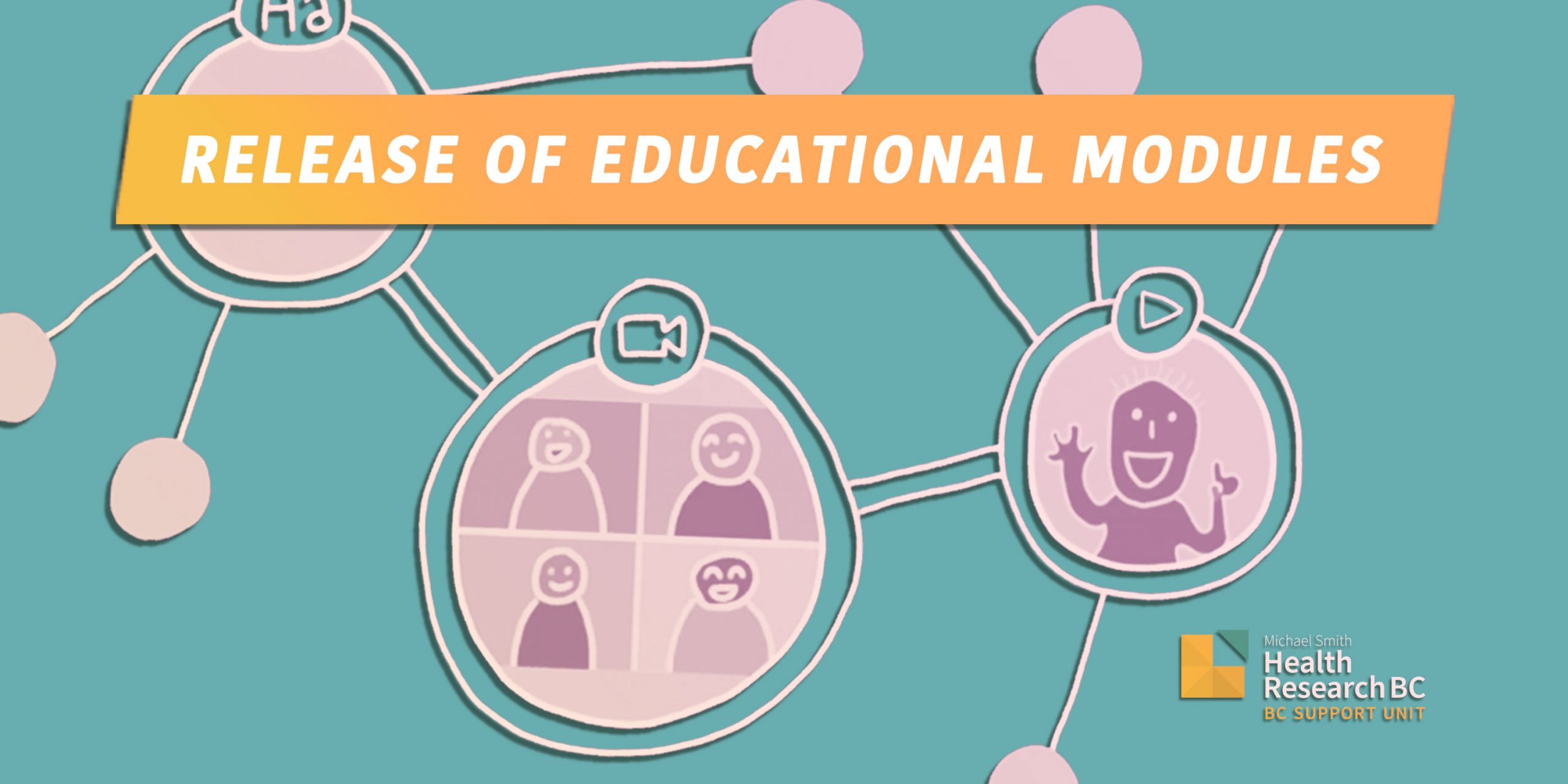
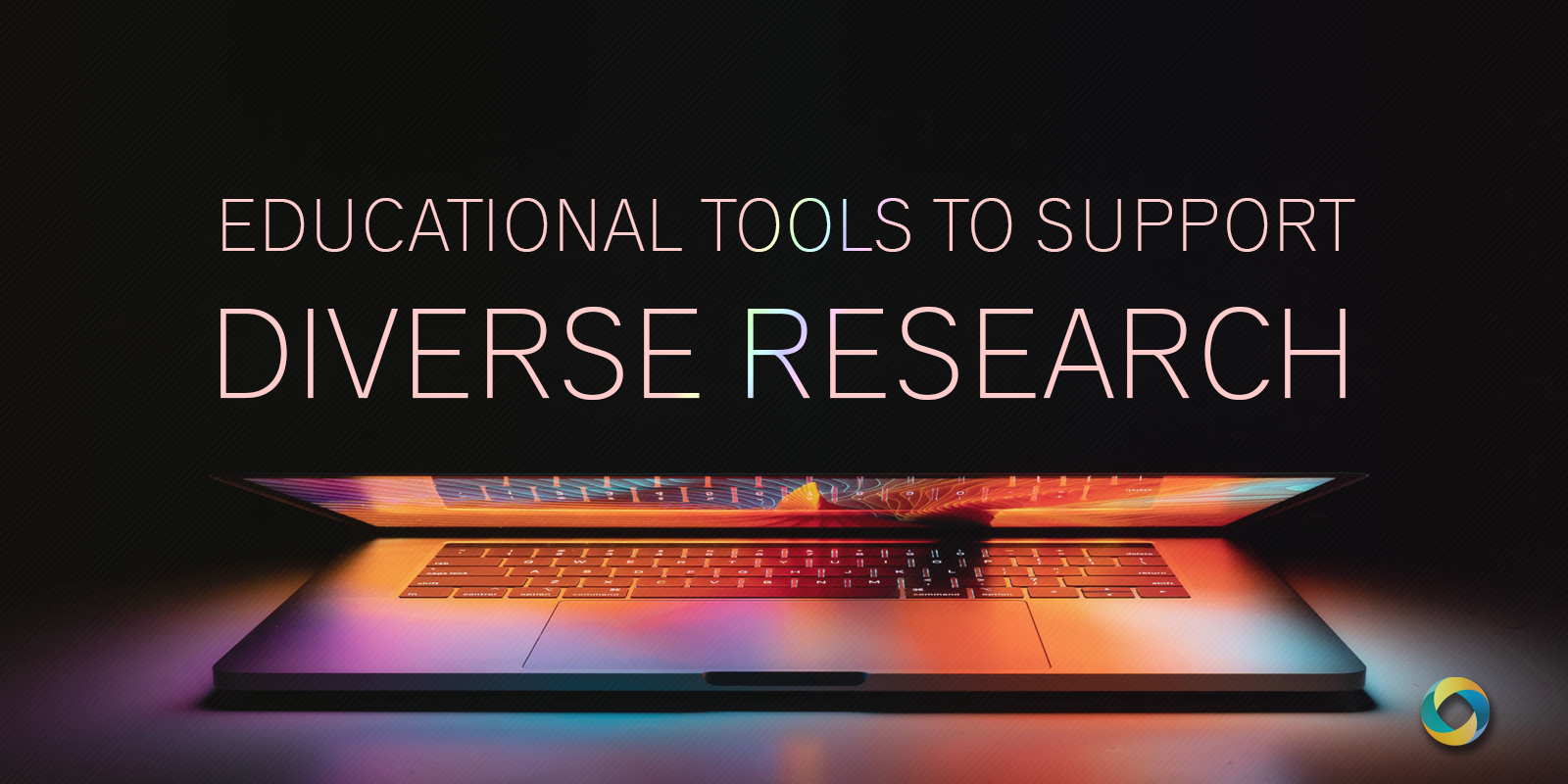
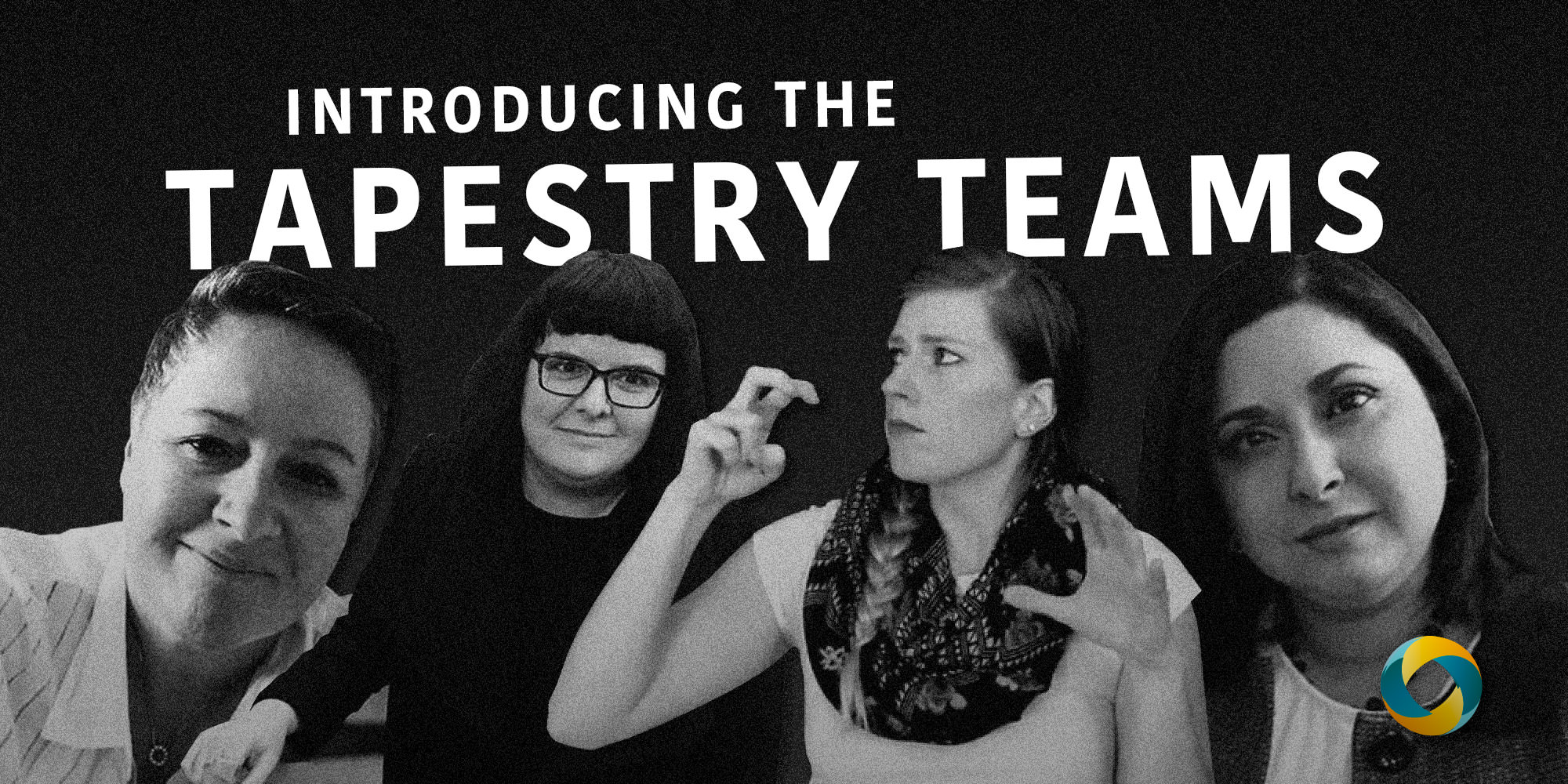
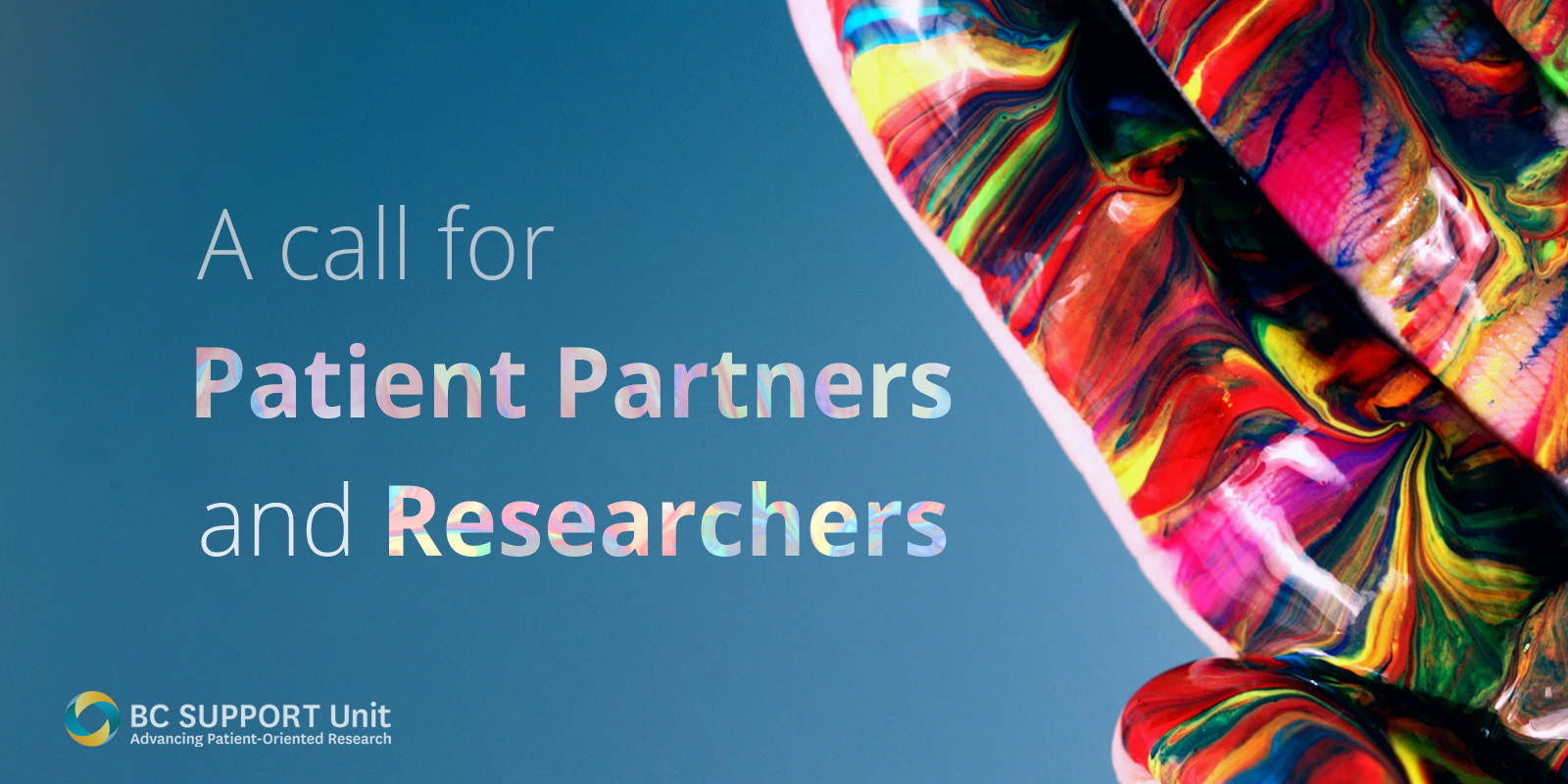
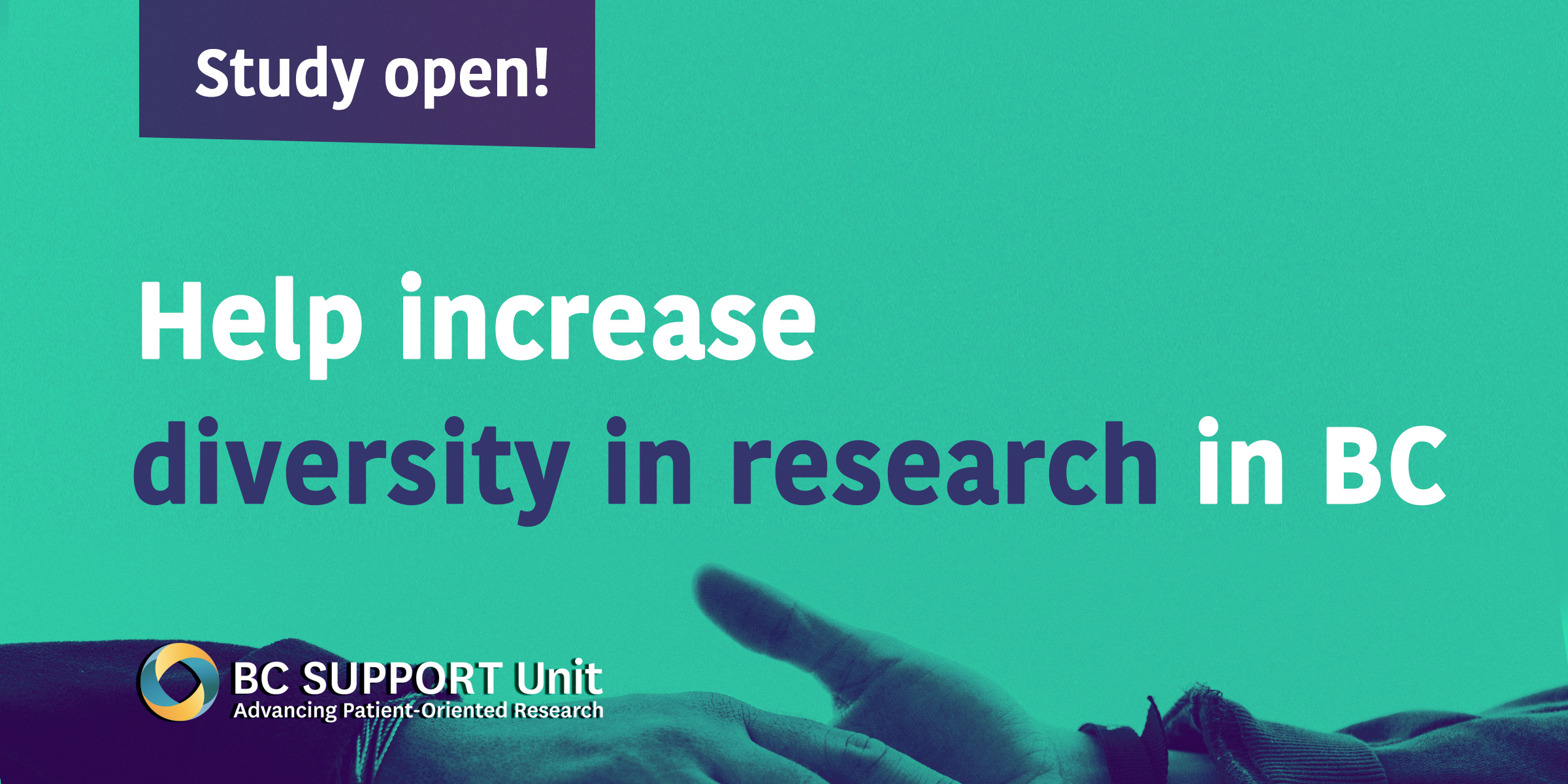



Leave a Reply